You’re scrolling Instagram and spot an ad for a winter jacket. It says the jacket is amazing for cold-weather hikes.
Curious, you click the link. The page shows the same jacket, but it only talks about colors, purchase options, and how trendy it looks. There’s no mention of hiking or staying warm.
It’s disappointing. You came to learn about hiking features, but they’re nowhere to be found. So, you leave instantly.
This happens all the time. Ads promise one thing, but the website doesn’t deliver. A regular product page isn’t always enough to meet specific needs.
This is where landing pages shine. They focus on exactly what the shopper is interested in. They work alongside product pages to create a better shopping experience.
In this blog, let us explore landing pages vs. product pages in detail and see how they both work together to drive traffic.
Landing Page Vs. Product Page: A Brief Introduction
Landing pages and product pages are essential for businesses today. They help visitors take action on your site. This is true for ecommerce stores, SaaS, media platforms, or any digital business.
But they aren’t the same. Each has a different purpose, which needs to be taken care of with utmost attention. Knowing when to use them can make a big difference.
Looking for an Affordable Website Design & Development Company in Delhi NCR, Connect with us Now!
What is a Product Page?
A product page (product detail page) shows off one product in detail. It gives customers all the info they need to decide if they want to buy it.
A good product page makes shopping easy. It helps shoppers trust the product, removes doubts, and makes buying simple.
Great product pages also make people want to come back and shop again.
For Example, Consider the Product Page for a Wallet:
The best product pages usually have these things:
- A clear name for the product.
- A short description of what makes it special.
- High-quality pictures from different angles.
- Videos that show how it works or looks.
- The price, with any discounts or deals.
- Customer reviews and ratings.
- Details like size, weight, color, and material.
- Options for other colors or sizes.
- Stock availability right now.
- Easy-to-see buttons like “Add to Wishlist, “Add to Cart,” or “Buy Now.”
- Suggestions for related products you might like.
The idea is simple: a well-made product page gives maximum details and makes shopping better for everyone.
What is a Landing Page?
Landing page meaning can be understood easily. A landing page is a web page created specifically for a marketing campaign. It’s where visitors arrive after clicking on ads, social media posts, or affiliate links.
Unlike a regular webpage, a landing page is laser-focused on guiding visitors toward a specific action, like signing up, purchasing, or learning more about a service.
It’s not always about one product; it’s about aligning with the intent of the campaign.
- For instance, if your campaign targets fitness enthusiasts, the landing page should echo their goals and interests, even if your product serves a broader audience.
- A great example is Nike’s campaign-specific landing pages. They target athletes with personalized messaging, showcasing products and solutions that align with athletic performance while staying true to their brand identity.
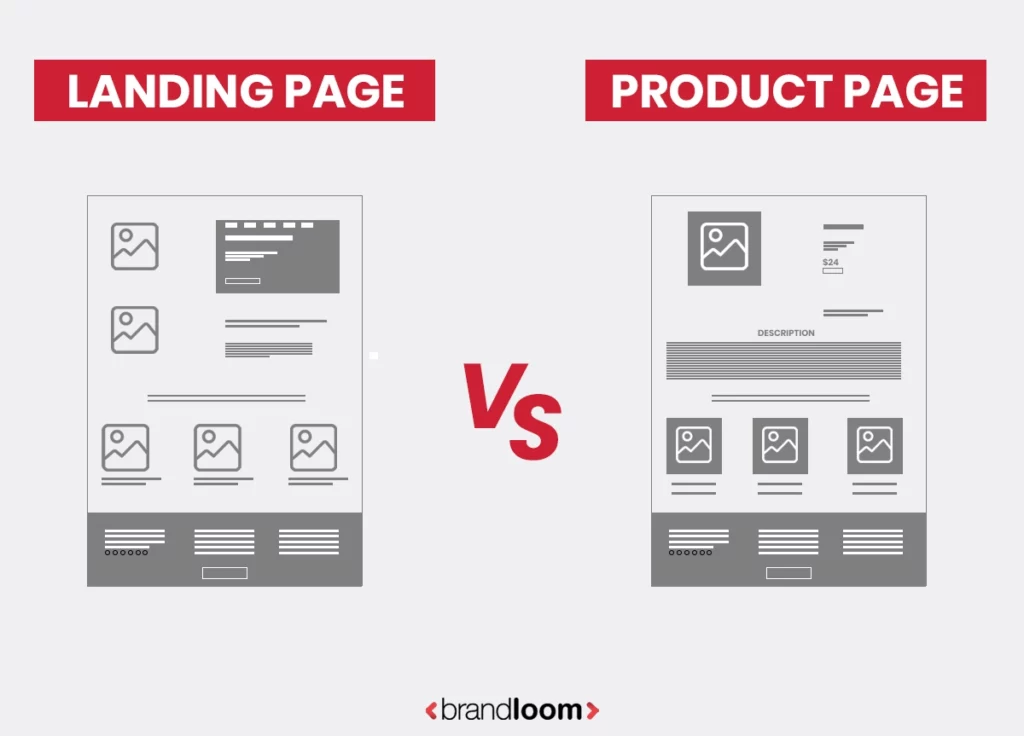
Landing Page Vs.Product Page? Understanding Differences in Detail
The key difference between a landing page and a product detail page (PDP) lies in its purpose and context.
- A product description page is typically accessed from a category or search results page. It’s designed for visitors who are in a shopping mindset, comparing options and looking for detailed information about a product.
- PDPs aren’t tied to a specific campaign, so they connect with a general audience rather than targeting a particular segment or addressing a specific problem.
- A landing page, on the other hand, is accessed directly from external sources like ads, emails, or social media links. Visitors come to it with a mindset shaped by the campaign they interacted with.
- The best landing page matches the campaign’s target audience, tone, and offer. It’s focused on a single goal, like driving sign-ups, purchases, or inquiries.
- The flexibility of a landing page allows you to create customized and personalized content according to the audience’s intent, leaning into the messaging that brought them there in the first place. This makes it a powerful tool for converting campaign-driven traffic.
Looking for an Affordable Website Design & Development Agency in Mumbai, Connect with us Now!
The table below showcases the major differences between landing page and product pages:
Landing Page Vs. Product Page
Here is an easy-to-understand distinction table for traditional marketing vs digital marketing
| Feature/Aspect | Product Page | Landing Page |
| Purpose | Highlights detailed information about a single product. | Supports specific marketing campaigns and their goals. |
| Target Audience | Appeals to a broad audience looking for product details. | Tailored to a focused group based on campaign needs. |
| Content Focus | Concentrates on product specifics, features, and technical details. | Provides educational content, benefits, and context relevant to the campaign. |
| Key Elements | Includes product name, description, images, price, reviews, technical details, and purchase buttons. | Features headlines, campaign-specific visuals, educational details, and clear actions. |
| Media | Uses high-resolution images and videos showcasing the product. | Relies on lifestyle visuals and explainer videos for campaign relevance. |
| Conversion Goal | Encourages users to add products to their cart or buy directly. | Focus varies, such as collecting emails or directing users to the product page. |
| SEO Optimization | Targets general product-related keywords and structured data for search engines. | Optimized for campaign-specific keywords and landing page SEO. |
| Navigation | Includes links to other site pages and encourages browsing. | Keeps navigation limited to maintain focus on the primary call-to-action. |
| Call-to-Action | Buttons like “Add to Cart” or “Buy Now” are common. | Actions are direct, such as “Sign Up” or “Download Now.” |
| Personalization | Provides general details applicable to most shoppers. | Customizes messaging and visuals for the campaign’s target audience. |
| Distractions | Offers multiple paths for browsing, which may divert attention. | Streamlined to reduce distractions and guide users to a single goal. |
Landing Page Vs. Product Page : Comparison
Do Landing Pages Convert More Than Product Pages?
Landing pages often get more conversions than product pages. They make the shopping experience smoother and more focused.
The big reason is that they match the ads that visitors click on. Here are some insights:
- If an ad says a product helps busy professionals save time, the website landing page says the same. This gives visitors confidence. They feel like they’re in the right place.
- Product pages, on the other hand, don’t always connect to the ad. They show lots of product details but don’t always explain why it solves the visitor’s problem. This can confuse people and make them leave.
- Landing pages are also simpler. They focus on one goal, like signing up, learning more, or buying a product. Product pages have more links and options, which can distract visitors.
- When traffic goes to a landing page, visitors understand the value faster and are more likely to take action. That’s why they work so well with marketing campaigns.
Landing Page Vs. Product Page: Using the Product Page as a Landing Page
You can use the product page as a landing page, but it’s not the best idea. A landing page works better for specific marketing campaigns. It lets you match the page to the campaign’s goal and the customer’s needs.
Where Should You Send Traffic?
Most of the time, a landing page is the better choice. It connects the ad’s message to the visitor’s expectations. This makes it easier for them to understand the product and take action.
But sometimes, a product page works better. It depends on what the shopper is looking for.
- Example 1: Learning About a Product
If someone searches for “best wireless headphones for kids,” they probably need more information. In this case, send them to a product landing page that explains the benefits and features of kid-friendly wireless headphones.
- Example 2: Ready to Buy
Now, if someone searches for “Sennheiser CX80S Earphone with Microphone,” they already know what they want. They’re ready to buy. Here, it’s better to send them straight to the product page.
Think about the shopper’s journey. Are they still learning, or are they ready to decide? Landing pages are great for educating and guiding. Product pages work when the shopper knows exactly what they want.
In most cases, sending traffic to a landing page helps keep the customer journey smooth and effective.e email but is more direct. Companies can see high returns with mobile marketing.
Looking for an Affordable Website Design & Development Agency in Pune, Connect with us Now!
Landing Page Vs. Product Page: Popular Categories of Landing Pages
When deciding between a landing page and a product page, it’s crucial to understand the different types of landing pages that work best for your goals. Here’s a breakdown of the popular categories that can help you create effective, goal-driven landing pages:
1. Click-Through Landing Page
This page acts as a bridge between your ad and the purchase page. It keeps things simple and directs visitors straight to the shopping cart.
Example: Shopify’s click-through page for its free trial takes visitors from an ad to a sign-up page where they can start their trial right away.
2. Lead-Capturing Landing Page
These are perfect for collecting emails. Offer something in return, like a free guide, webinar access, or a newsletter signup. The idea is to build your audience and send them relevant content later.
Example: HubSpot uses lead-capturing landing pages offering free eBooks or templates in exchange for contact information.
3. Microsite
A microsite is a mini-website for big campaigns, like a product launch. It has its own URL and focuses entirely on the campaign.
Example: Domino’s Pizza created a microsite to show off their custom pizza delivery cars.
4. Thank You Landing Page
This page shows up after someone submits a form or signs up. It thanks the visitor and shares more content they might like.
Tip: Use this page to keep the conversation going!
5. Unsubscribe Landing Page
These pages appear when someone unsubscribes from your emails. The best ones are lighthearted and fun. A witty message might even make people change their minds.
Example: After unsubscribing from BarkBox’s emails, users are directed to a page with a playful message that says, “We’re sad to see you go, but we understand.”
6. Video Landing Page
If you have a video, you’ll need a landing page to go with it.
Example: Dollar Shave Club used a simple “DO IT” button under their viral video. This made it easy for viewers to sign up with one click.
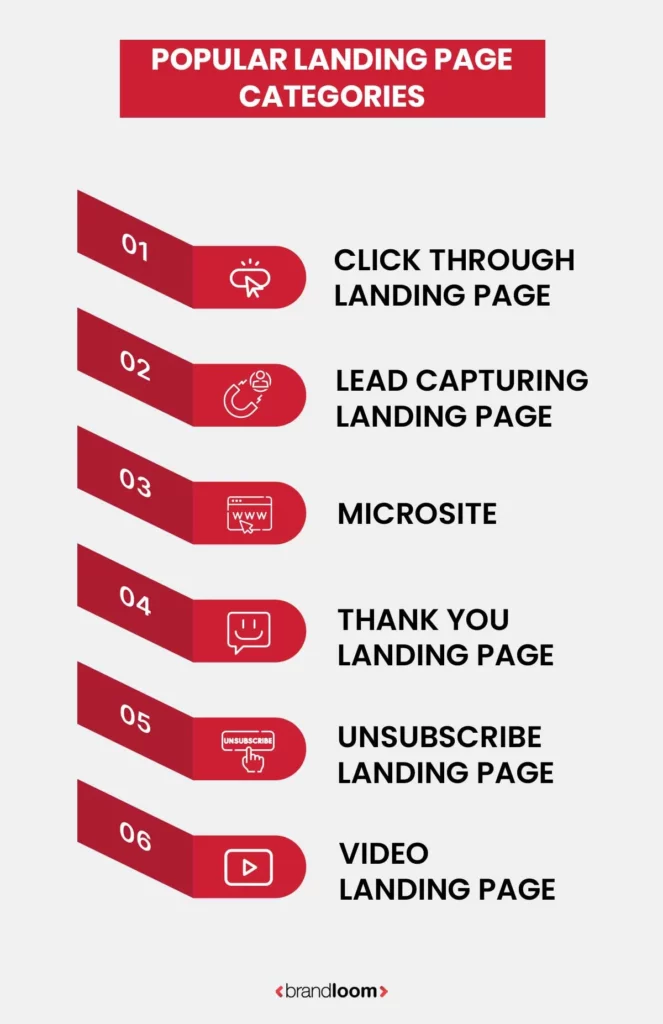
Landing Page vs. a Product Page: The Apt Ways to Use Both
Choosing between a landing page and a product page depends on your campaign goals and the customer’s stage in their journey. While product page designs are essential for showcasing your offerings, landing pages drive targeted conversions.
Here’s a breakdown of how to use both effectively.
1. When People Don’t Know Your Brand
Building brand awareness is the first step in engaging new audiences. At this stage, focus on educating visitors and establishing trust.
Use homepages or blog posts to introduce your brand to a broader audience. These pages help position your business as an expert while increasing visibility through SEO and content marketing.
Example: If someone searches for “time management tips,” blog posts from platforms like Trello or Asana often rank high. These posts educate readers and lead them to explore the brand’s tools.
For paid campaigns, use lead magnet landing pages. Offer valuable resources like ebooks or guides in exchange for visitor information, such as email.
Example: A page offering “5 Ways to Simplify Project Management” as a free download can help collect leads who might become future customers.
2. When People Know Your Brand but Not Your Product
The goal here is to make potential customers understand what your product does and how it solves their problems.
Optimize product pages for SEO to ensure they rank well on search engines. A well-detailed product page introduces your offerings to a broader audience and caters to different user needs.
Example: Search for “Slack collaboration tools,” and you’ll likely find Slack’s product page that highlights its features and benefits.
Use product-specific landing pages to target different user personas. Create pages that address specific pain points or highlight unique features.
Example: A landing page for “Slack for Remote Teams” focuses on features like video calls, file sharing, and integrations suitable for remote work.
3. When People Know Your Brand and Product but Haven’t Purchased
To make the audience ready to purchase, landing pages that focus on conversion are key. Here are two examples:
1. Competitor Comparison Landing Pages
These pages highlight how your product is better than competitors. Use comparison tables and charts to showcase pricing, features, and benefits.
Example: A page comparing your software to a competitor, like “Why Our CRM Beats XYZ software ,”or even a unique page that describes “Why Our CRM is the Best,” can persuade visitors to choose your product.
2. Payment Landing Pages
These pages are for visitors ready to buy. They should be simple, distraction-free, and equipped with secure payment options. Add a few testimonials to eliminate last-minute doubts.
Example: A payment page with a “Complete Your Purchase” button and secure checkout options ensures a smooth buying experience.
Looking for an Affordable Website Design & Development Agency in Bangalore, Connect with us Now!
Tips that Help You Make Great Landing Pages
Landing pages are useful for a variety of purposes like getting people to do what you want like buying a product or signing up for something. If you are wondering how to create a landing page, here are simple steps to make awesome landing pages that work well for everyone.
1. Know Your Goal and Audience
Before you start, ask yourself two things:
- What do I want people to do on this page?
- Who am I talking to?
Your goal could be to sell a product, get an email signup, or thank someone for buying. Match the page to your audience. Use words and pictures that make sense to them. Look at your data to understand what works best for your customers.
2. Make Headlines About Benefits
A good headline grabs attention fast. It should tell people how they’ll gain something, not just list features. Use simple words that fit their needs.
Example: Instead of saying, “Advanced Coffee Maker,” try, “Enjoy Perfect Coffee Every Morning.”
3. Use Pictures That Match Your Message
People like images and videos that feel real and connect to them. Show how your product works or how it fits into their life. Big HD photos, short videos, and lifestyle images work best. Make sure your pictures match what your words say.
4. Put Important Stuff First
Keep all the key information at the top of the page. This is called “above the fold.” Include:
- A headline.
- A strong call-to-action (like a button).
- A short value statement.
Make it easy for people to see why they should stay.
5. Let People Buy Quickly
Some people might decide to buy right away. Add a button that lets them add to their cart. Keep it simple and out of the way, like in a sticky bar or a small section.
6. Show Proof People Trust You
Add things that make visitors feel safe about their decisions.
Use:
- Customer reviews.
- Ratings.
- Social media shares.
Make sure the proof matches your audience. For example, if you’re selling running shoes, showing a review from an athlete can be helpful.
7. Remove Distractions
Keep the page focused. Don’t add extra menus or links that might distract visitors. The goal is to make them take one clear action.
8. Use Simple Action Words
Your call-to-action should be clear and easy to understand. Say what they’ll get in simple words. If suitable, try first-person language like:
- “Download My Guide.”
- “Start My Free Trial.”
- “Sign Me Up.”
Make sure they get exactly what you promise when they click.
9. Optimize for Google and Devices
Make sure your page loads fast and works well on all devices. Use keywords people search for, add good-quality images, and make everything easy to read. This helps more people find your page.
10. Test and Improve
Test different versions of your page to see what works best. Change one thing at a time, like the headline or button color, and see what gets better results. Use what you learn to make all your pages better.
These tips can help you design landing pages that convert.
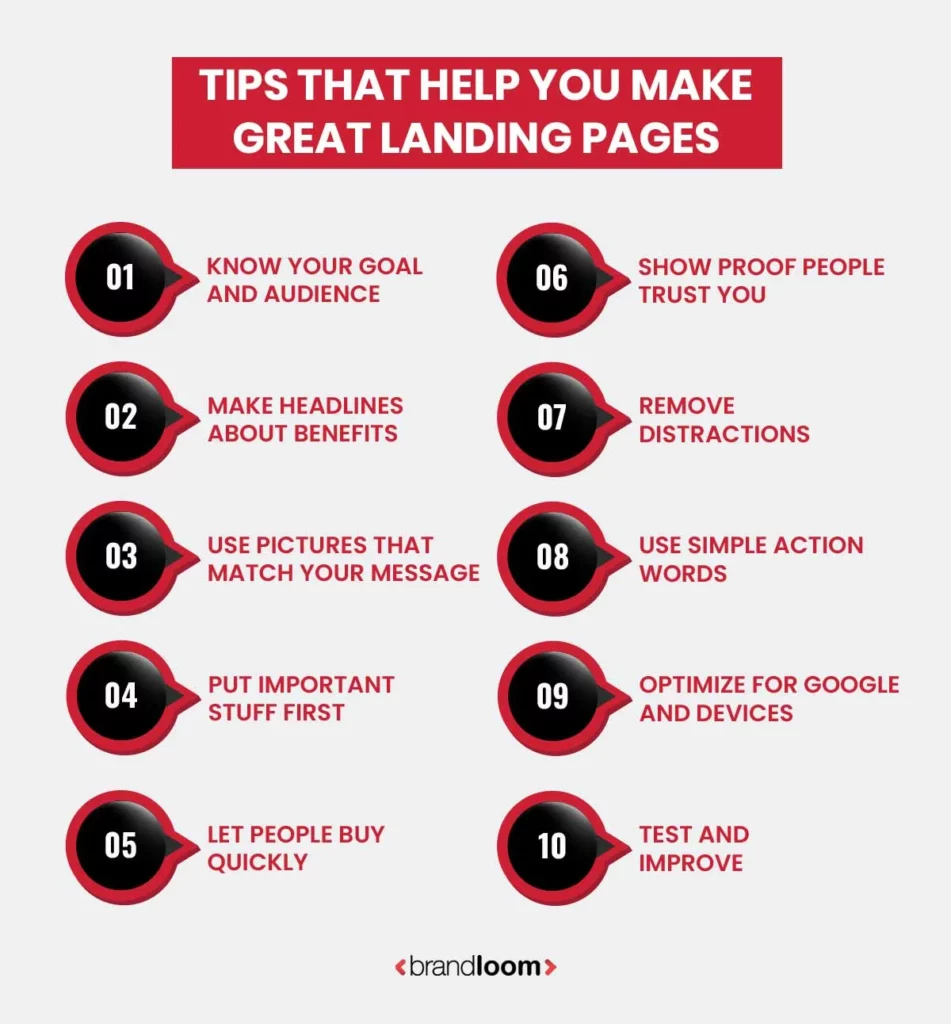
Looking for an Affordable Website Design & Development Agency in Gurgaon, Connect with us Now!
Conclusion
Landing pages and product pages have unique roles but work best together. Landing pages grab attention and collect leads, while product pages provide details to help buyers decide. Using both smartly boosts engagement and sales.
Being a leading digital marketing and web development agency in India, BrandLoom specializes in designing effective landing and product pages. We focus on clear, simple designs that convert visitors into customers. Whether it’s capturing leads with a landing page or showcasing your product on a detailed page, we ensure your message connects with your audience.
Let us help you make the most of both and increase your conversions today.
Looking for an Affordable eCommerce Website Design & Development Services in India, Connect with us Now!
Frequently Asked Questions
Yes, landing pages often convert better. This is because they have one clear goal. Unlike a product details page design, they don’t include extra distractions like menus or links. Landing pages focus on one action, like signing up or buying a product. This helps visitors decide faster and boosts conversions. They also allow you to tailor the page to a specific audience. With clear messaging and simple design, they keep users engaged and drive better results.
At BrandLoom, we create pages that connect with your audience and deliver real results. Our designs focus on engaging users and guiding them to take action. Every element is planned to match your goals and make an impact. With strategies that attract and convert, we help you build a strong online presence that works.
A landing page focuses on one purpose. It might ask users to sign up, buy something, or learn more. A landing page like an ecommerce landing page often has more details, such as photos and features of the product. Landing pages work best for campaigns, while product pages are for browsing. A product page is more detailed and helps users compare options. Landing pages are simpler and aim to convert visitors quickly. Product pages include broad details.
It depends on your goal. Websites are great for giving lots of information about your business. A product detail page on your site helps customers explore options. However, landing pages are better for focused tasks like signing up or selling one thing. Websites build your brand presence while landing pages drive specific actions. Landing pages also help with targeted marketing campaigns. They keep visitors focused and guide them to take action quickly. Using both together ensures you cover all your customer needs effectively.
Landing pages are great for paid ads because they match the ad’s promise. Unlike a product listing page design, landing pages guide users directly to take action. This could mean buying something or signing up. Paid ads cost money, so using a focused landing page helps you get better results. They also improve ad relevance, which can lower costs. A well-designed landing page keeps users on track and boosts ROI.
For paid ads, use a landing page. It works better because it matches the ad’s goal. A landing page optimization plan makes it even more effective. Ads drive traffic, but landing pages turn visitors into leads or buyers. They load faster, are simple to test, and deliver better outcomes. By highlighting one clear action, they maximize conversions and make campaigns more successful. They also help track user behavior effectively. Clear messaging keeps visitors focused. This makes landing pages a key tool for improving ROI.
If you want to sell something specific, use a product page. But for campaigns, go for a landing page. A responsive landing page works best for mobile users. Landing pages are also faster to make and adjust. Product detail pages, such as an e-commerce product page, are great for browsing, while landing pages work for one clear goal. Both help different parts of your sales funnel and can work together.
Every page offers value to the audience, fitting perfectly into the overall marketing strategy. A well-planned marketing campaign supports these web pages, ensuring they attract the right crowd. Being a leading product landing page design service in India, we focus on strong product landing and build designs that engage and convert.
A regular web page is part of your main website and can serve many purposes, such as sharing information, blogs, services, or contact details. It usually includes navigation menus and links to other parts of the site. Users might arrive there from search engines or by browsing the site.
A landing page, on the other hand, is a standalone page created specifically for a marketing campaign. It is designed to collect leads, promote a product, or get signups. It usually has no top navigation or distractions, just a clear message, a strong call-to-action (CTA), and focused content. While a regular page informs, a landing page converts.
So, the main difference lies in the intent. A standard page is part of the broader site journey, but a landing page is laser-focused on driving a specific action.
A product landing page is a dedicated web page built to promote and sell one specific product. It focuses entirely on that product’s features, benefits, price, and value to the customer. The goal is to make visitors take a specific action, usually a purchase or sign-up. These pages usually include a strong headline, product images or videos, key features, customer reviews, and a prominent CTA like “Shop” or “Sign up” button.
Unlike a general product page that may have distractions like links to other products, a product landing page keeps the visitor focused on one thing: buying. Marketers use these pages in ads, emails, or social media campaigns to boost conversions. Every section is written to persuade the user. A product landing page can also include urgency triggers like limited-time offers or countdowns to push quick decisions.
A product page is designed to sell a physical product, or basically, we can say a tangible item. It focuses on giving info on specifications, size, color, pricing, reviews, and product images. It’s all about showing the customer what the product looks like and what it does. It usually includes a “Buy” or “Add to Cart” button.
A service page, however, is made to promote something intangible – for example, a service like digital marketing, wedding photography packages, or consulting. It focuses more on the value and results a service delivers rather than physical features. You’ll usually see information on how the service works, who it’s for, what problems it solves, and a call-to-action like “Book a Free Call” or “Get a Quote.”
The main difference is in the type of offering. A product page sells a physical or digital item, while a service page sells expertise or time. The structure, language, and goals of each are designed accordingly.
A landing page is any standalone page created for a specific campaign goal, and this could be lead generation, event sign-up, or product awareness. It’s focused, distraction-free, and built to drive a single action like submitting a form or clicking a CTA.
A sales page is not your average landing page. It’s built to sell and nothing else. It grabs attention, stirs emotion, answers doubts, and pushes one goal: Buy now.
You’ll see bold headlines, juicy benefits, clear pricing, and real testimonials. It’s longer, more detailed, and loaded with everything a buyer needs to say yes. No fluff, just facts that hit both heart and logic.
And here’s the kicker: every sales page is a landing page, but not every landing page is a sales page. Some landing pages collect emails or promote webinars. Sales pages do more; it’s your digital salesperson, open 24/7, closing deals while you sleep.
The main purpose of a landing page is to drive a specific action from visitors. Whether it’s collecting emails, making a sale, booking a call, or signing up for a webinar, everything on a landing page is focused on achieving that one goal.
Landing pages are used in marketing campaigns to convert traffic from ads, emails, or social media. Unlike general website pages, landing pages keep the user focused on the intended action. The copy, design, and call-to-action are all tightly aligned with the user’s intent.
For example, if someone clicks on a Google ad for a free SEO audit, the landing page they arrive at should show exactly that – no unnecessary promotional links, no unrelated services, just clear info about the audit and how to claim it. So, the key purpose is conversion—turning visitors into leads or customers.

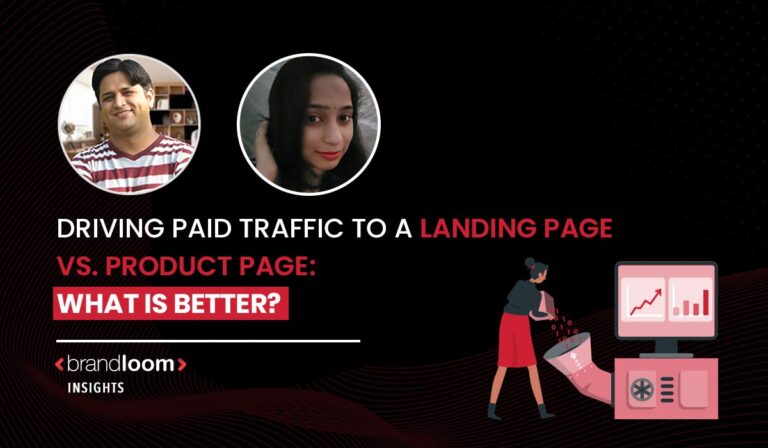
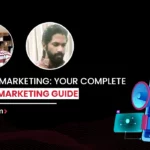


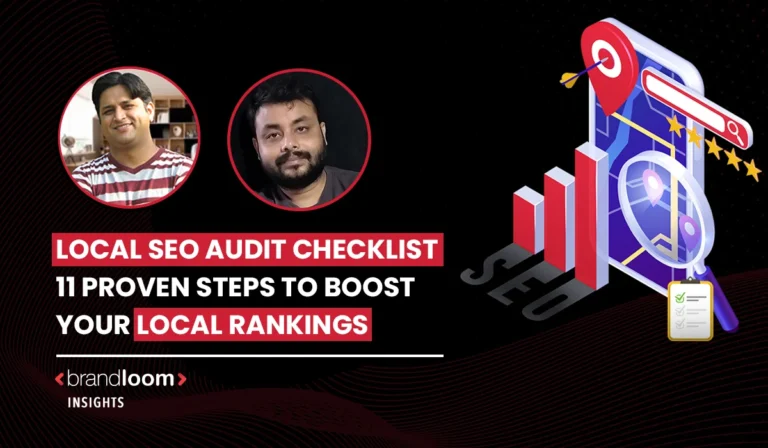
Comments are closed.